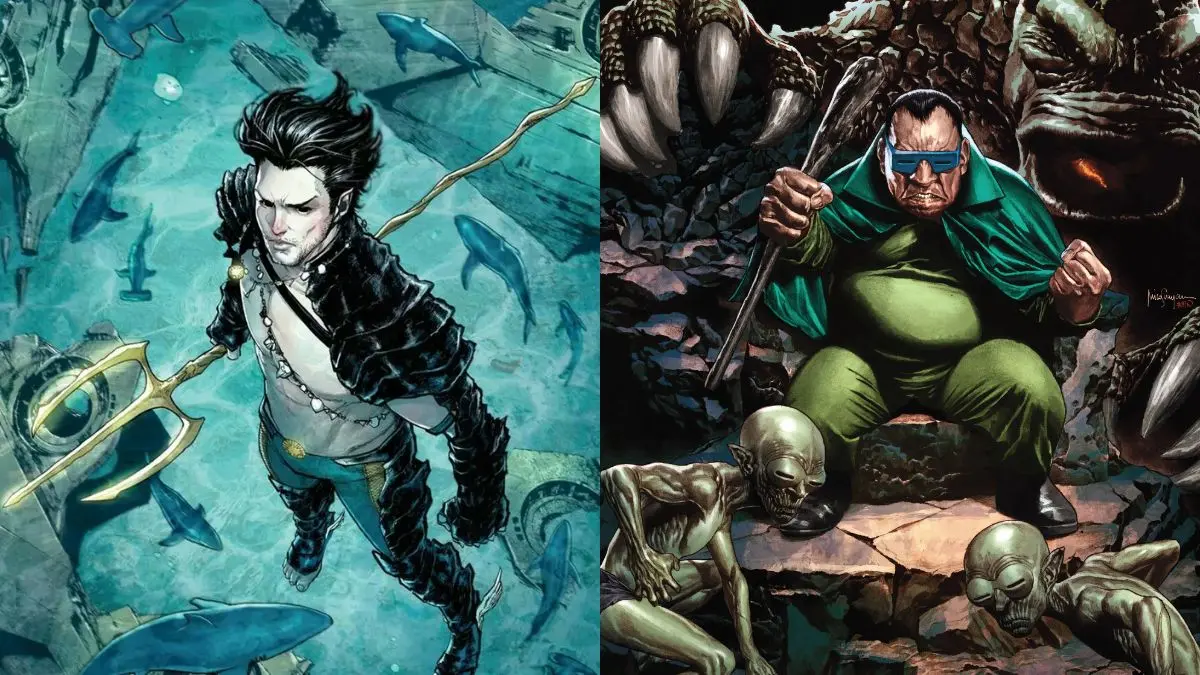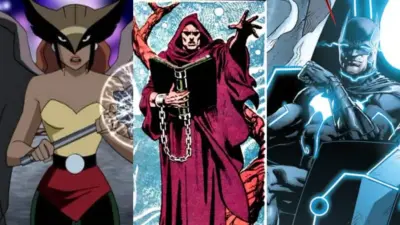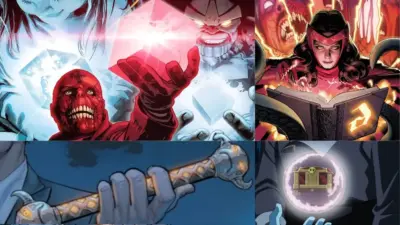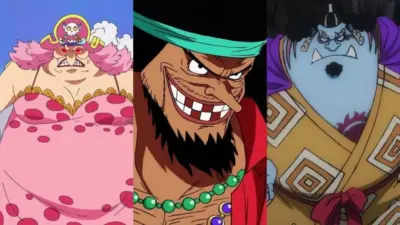Marvel Comics has been a powerhouse in the entertainment industry, captivating audiences for decades through its complex characters, intricate storylines, and epic battles between good and evil. While many people are familiar with iconic superheroes like Spider-Man, Iron Man, and Captain America, what about the villains who make these heroes’ journeys so compelling? Today, let’s delve into the fascinating history of Marvel Comics to uncover its first-ever supervillain.
Who Was Marvel Comics First-Ever Supervillain?
The Birth of Marvel Comics
Before we identify Marvel’s inaugural supervillain, it’s crucial to understand how Marvel Comics came into being. Founded in 1939 as Timely Publications, the company later became known as Marvel Comics in the 1960s. The first-ever comic published by Timely was “Marvel Comics #1,” released in October 1939. It featured a host of characters, but the most notable were the Human Torch and Namor the Sub-Mariner.
Namor: The First Anti-Hero or Supervillain?
Namor the Sub-Mariner, created by writer-artist Bill Everett, was one of the first characters introduced in “Marvel Comics #1.” He is the prince of the underwater kingdom of Atlantis, and his early stories depict him as a character of moral complexity—a fusion of both hero and villain.
Ambiguity of Character
Namor’s character was groundbreaking for its time because he wasn’t purely evil; he was an anti-hero. In his initial appearances, Namor attacks human civilization because he believes that they are endangering his underwater kingdom. This nuanced approach towards his character raised the question: Is he Marvel’s first supervillain or merely a misunderstood anti-hero?
Namor’s Alignment with Supervillain Criteria
Actions against Humanity
Namor’s early assaults against the surface world, motivated by his desire to protect his underwater realm, do align with the characteristics of a supervillain. He uses destructive methods, has a large-scale impact, and serves as a foil to heroes like the Human Torch.
Changing Alliances
However, it’s also worth noting that Namor has often allied himself with heroes and has even been a member of superhero teams like the Defenders. His ever-changing role adds a layer of complexity to his categorization.
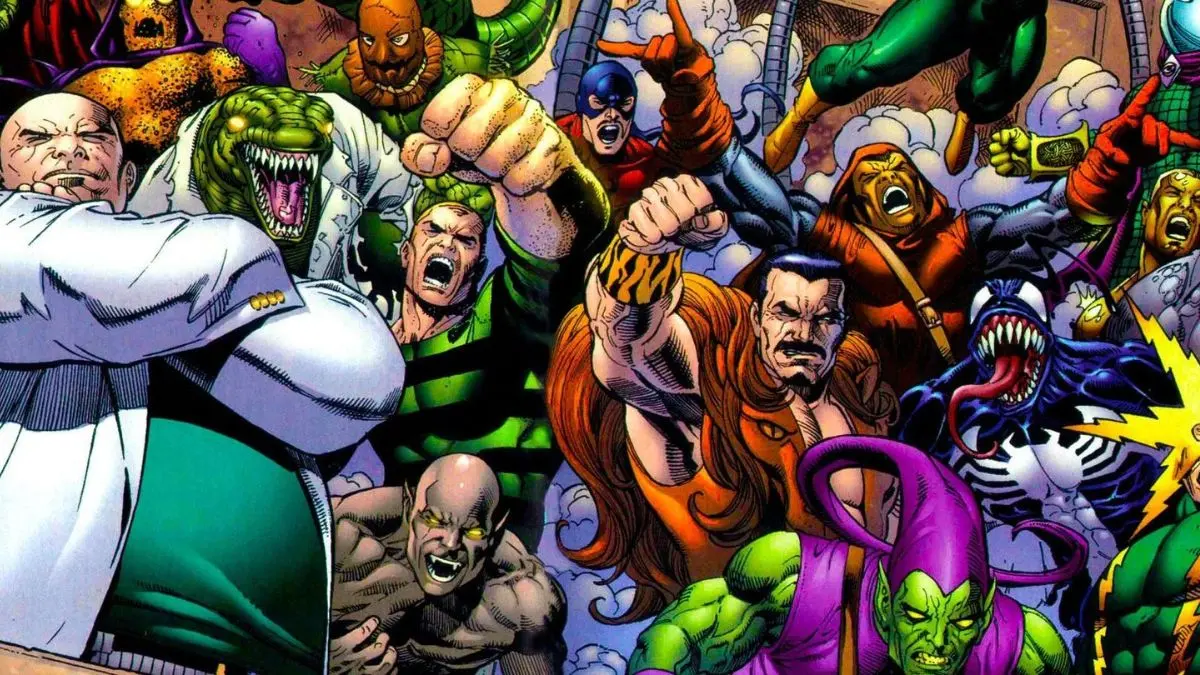
Mole Man: Another Contender for the Title?
When discussing Marvel’s first-ever supervillain, the character of Mole Man deserves special attention. Introduced in “Fantastic Four #1” in 1961, Mole Man was the first villain to face off against Marvel’s first superhero team in the Silver Age of Comics, the Fantastic Four. Created by the legendary duo of Stan Lee and Jack Kirby, Mole Man is an intriguing character that fits more squarely into the supervillain mold than Namor.
Mole Man’s Origin Story
Mole Man, whose real name is Harvey Elder, is a character defined by his tragic backstory. A socially awkward and physically unattractive man, Elder becomes an outcast rejected by society. His transformation into Mole Man occurs after he discovers a subterranean world called Subterranea, where he establishes himself as its ruler and begins his vendetta against the surface world.
How Mole Man Fits the Supervillain Mold
Motivation and Intent
Mole Man’s animosity towards the surface world comes from years of ridicule and exclusion. His motivation—while fueled by personal pain—leads him to actions that jeopardize innocent lives, fitting the supervillain criterion of disrupting the status quo for personal gain.
Relationship with the Hero
In his debut, Mole Man takes on the Fantastic Four, instantly positioning himself as a nemesis to a superhero team. He serves as a foil to the heroes, particularly challenging their understanding of morality, given his tragic origin.
Scale of Impact
Mole Man’s plans usually involve large-scale geological disruptions, often risking countless lives in the process. His actions clearly meet the criteria of a supervillain, based on their far-reaching impact.
A Different Era, A Clearer Villain
While Namor’s debut preceded Mole Man’s by more than two decades, Mole Man arrived during a period (the Silver Age) when comic book storytelling had evolved to include more clear-cut villains. Unlike Namor, whose character straddles the line between hero and villain, Mole Man more unambiguously fits the supervillain criteria.
Conclusion: The Verdict
The introduction of Mole Man complicates the question of who can be considered Marvel’s first-ever supervillain. While Namor has the advantage of being one of the earliest characters to showcase traits typically associated with supervillains, his fluctuating role between hero and villain makes his categorization less clear-cut. On the other hand, Mole Man, appearing in the Silver Age, more definitively fits the supervillain mold, despite not being as early a character as Namor.
Also Read: 10 Most Powerful Artifacts In The Marvel Universe
